H
Showing 1–12 of 13 results
-
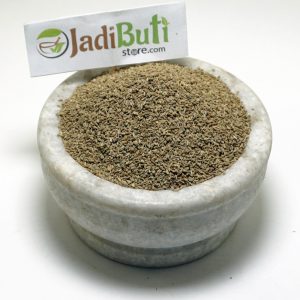

Ajwain – अज्वैन – Henbane – Hyoscyamus niger
₹180.00 – ₹1,080.00Quick ViewAjwain – अज्वैन – Henbane – Hyoscyamus niger.
Ajwain Name in different languages:
Ajwain English Name : Henbane, Black Henbane, Stinking Nightshade, Devil’s Eye, Henbell
Ajwain Hindi Name : Khurasani Ajwain, Khursana
Ajwain Latin name : Hyoscyamus niger Linn.
Ajwain Urdu Name : Ajwain Khurasani, Bazrulbanj
Ajwain Italian name : ajowan
Ajwain Spanish name : ajowan
Ajwain Arabic Name : Banj Aswad, Shawkaraan, Khuraasaanee Ajwa’een
Ajwain Bengali Name : Korasani Ajowan
Ajwain French Name : Jusquiame noire
Ajwain German Name : Bilsenkraut, Dullkraut, Rasenwurz, Saukraut, Teufelswurz, Tollkraut, Zigeunerkraut
Ajwain Gujarati Name : Khurasani Ajmo
Ajwain Kannada Name : Khurasanee Ajawaana
Ajwain Marathi Name : Khurasanee Ova
Ajwain Persian Name : Bang, Bangdiwana, Danj
Ajwain Punjabi Name : Khurasanee Ajvain
Ajwain Sanskrit Name : Parasikava, Yavni
-

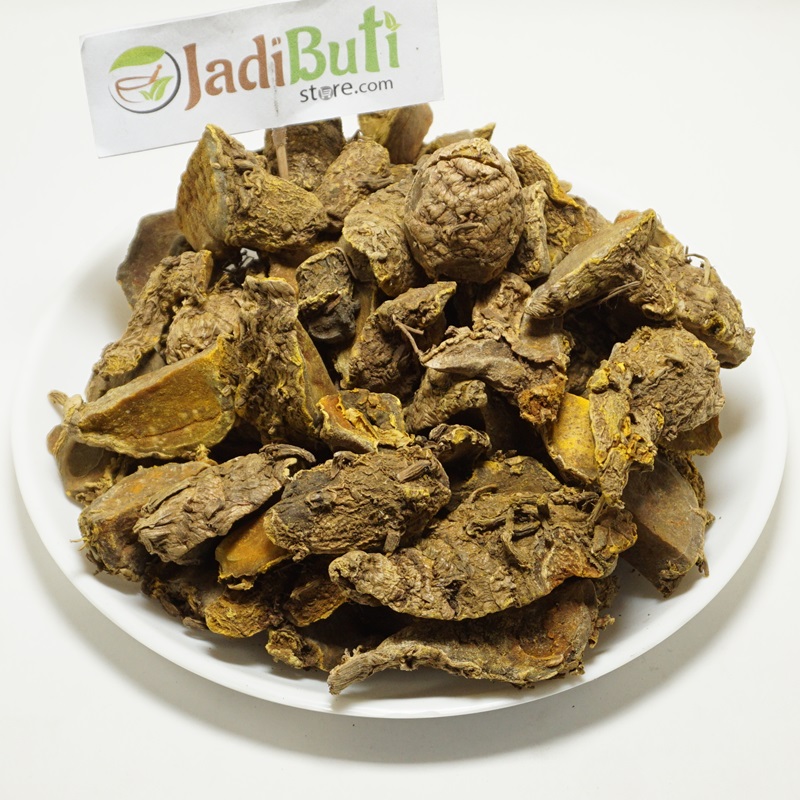
Ambahaldi – अम्बाहल्दी – Mango Ginger – Curcuma amada
₹100.00 – ₹795.00Quick ViewAamba Haldi | Curcuma amada
Ayurvedic Classification Description Rasa (taste) Sour Guna (qualities) Light, dry, sharp, and penetrating Virya (potency) Heating Vipaka (post-digestive effect) Sour Dosha effect Balances Kapha and Pitta doshas; may aggravate Vata dosha in excess Karma (actions) Anti-inflammatory, antioxidant, analgesic, digestive, carminative, and cholagogue Dhatu (tissue) affinity Works primarily on the digestive and circulatory tissues Srotas (channel) affinity Works primarily on the digestive and circulatory channels Prabhava (special effect) May help to reduce inflammation and pain Active Compound Amba Haldi Benefits Curcuminoids (Curcumin, Demethoxycurcumin, Bisdemethoxycurcumin) Anti-inflammatory, antioxidant, and immune-boosting properties alpha-Pinene Anti-inflammatory, anti-bacterial, and anti-fungal properties beta-Pinene Anti-inflammatory, anti-bacterial, and anti-fungal properties Camphene Anti-inflammatory, anti-bacterial, and anti-fungal properties 1,8-Cineole Anti-inflammatory, anti-bacterial, and anti-fungal properties Terpinen-4-ol Anti-inflammatory, anti-bacterial, and anti-fungal properties Limonene Anti-inflammatory, antioxidant, and immune-boosting properties Zingiberene Anti-inflammatory, antioxidant, and immune-boosting properties -
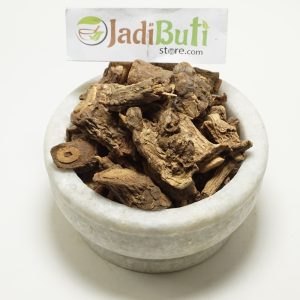
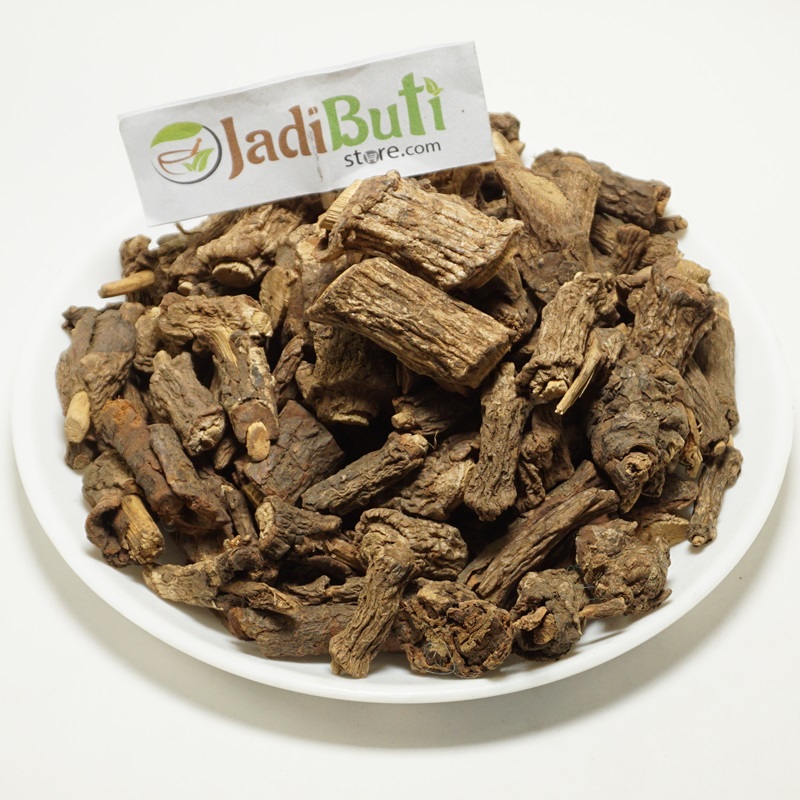
Anantmool – अनन्तमूल – Indian Sarsaparilla – Hemidesmus indicus
₹190.00 – ₹1,480.00Quick ViewAnantmool – अनन्तमूल – Indian Sarsaparilla – Hemidesmus indicus.
Anantmool Name In Different Languages:
Anantmool English name – Indian Sarsaparilla
Anantmool Hindi name – Anantmool, Kapuri
Anantmool Latin Name – Hemidesmus indicus
Anantmool Sanskrit name – Sariva, Ananta, Asfota, Utpal Sariva, Shyama, Canadana, Gopi, Gopavalli
Anantmool Marathi Name – Upalsari, Uparsal.
Anantmool Gujarati name – Kapuri, Upalasari
Anantmool Tamil name – Nannari
Anantmool Kannada Name – Sogade beru
Anantmool Hindi and Bengali – Anantamul, Kapuri
Anantmool Telugu name – Sungandhipala, Muttavapylagamu
Anantmool Malayalam Name – Naruninti Latin Name: Hemidesmus indicus, Periploca indica
Anantmool Common Name – Sariva, Sugandhi-pala, Gopasutaa, Krishodari, Sphotaa, Utpalsaarivaa, Kapuuri, Nannaari, Dugdhgarbhaa, Ushbaa Hindi, Suganthipala
-

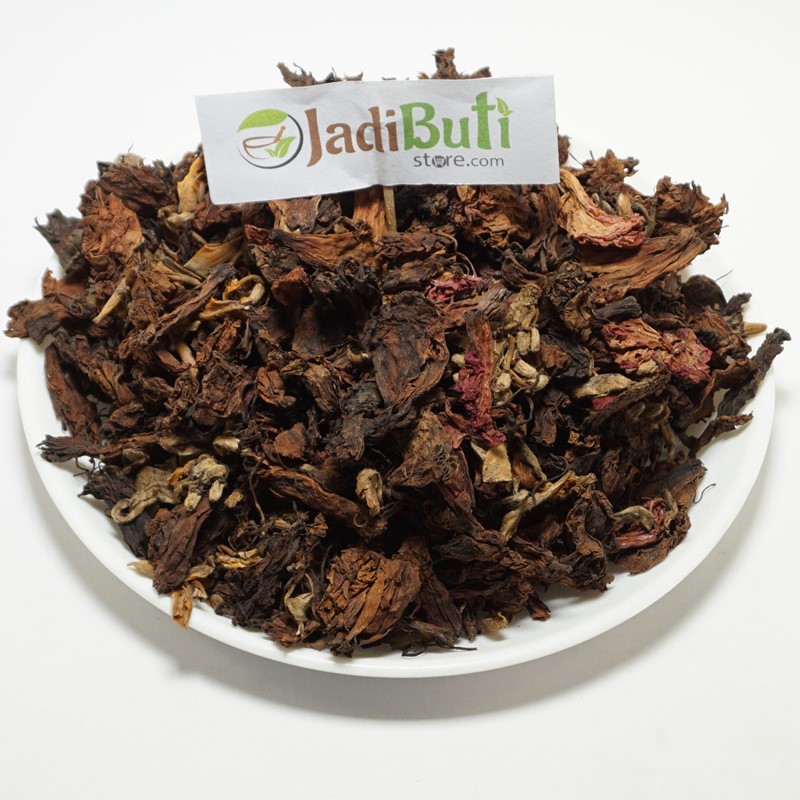
Gudhal phool – गुडहल फूल – sharon – Hibiscus
Quick ViewGudhal phool – गुडहल फूल – sharon – Hibiscus.
Gudhal Name in different languages:
English Shaw Flover, China Ros Latin Hibiscus rosa cinensis Hindi Cuddle Gujarati Jasus flag Jasund, Jasundi Telugu Dasani, Pabbu, Dasamu Punjabi Cuddle Arabic Angira Persian Angira Bengali Thank you Carnatic Dasnal The Tamil Kemberte Malayalam Chemburutti -


Hansraj – हंसराज – Pershosha – Adiantum Capillus Veneris
₹210.00 – ₹1,610.00Quick ViewHansraj – हंसराज – Pershosha – Adiantum Capillus Veneris.
Name in different languages:
Hansraj English name – Pershosha, Venus Hair Fern, Maiden Hair Fern
Hansraj Hindi name – Hansraj
Hansraj Latin name – Adiantum Capillus Veneris
Spanish: Helecho de Venus, Capilla de Venus
French: Adiante de Vénus
German: Venus-Haarfarn
Italian: Felci delle Venere
Sanskrit: Uttambalika
Chinese: 绿萼毛羊齿蕨
Japanese: ヴィーナスヘアフェン
Korean: 비너스헤어펜
Portuguese: Samambaia-de-Venus
-
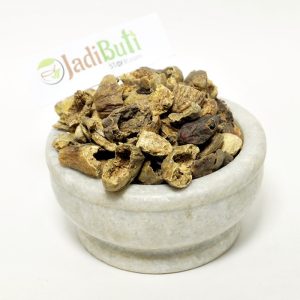

Harad Badi Chilka – हरद बड़ी छिलका – chebulic myrobalan – Terminalia Chebula
₹90.00 – ₹680.00Quick ViewHarad Badi Chilka | yellow Haritaki
Scientific Name : chebulic myrobalan
Ayurvedic classification of Yellow Haritaki
Ayurvedic Classification Description Rasa (taste) Astringent, sweet, sour, and bitter Guna (qualities) Light, dry, and sharp Virya (potency) Heating Vipaka (post-digestive effect) Sweet Dosha effect Balances all three doshas (Vata, Pitta, and Kapha) Karma (actions) Laxative, rejuvenative, astringent, expectorant, antispasmodic, and tonic Dhatu (tissue) affinity Works on all seven tissues (dhatus) of the body, with a particular affinity for the digestive and respiratory tissues Srotas (channel) affinity Works on the digestive, respiratory, and circulatory channels Prabhava (special effect) Promotes longevity and supports overall health and well-being Active compounds and benefits found in yellow haritaki:
Active Compound Benefits Chebulic acid Antioxidant, anti-inflammatory, and anti-cancer properties Gallic acid Anti-inflammatory, anti-cancer, and anti-microbial properties Ellagic acid Antioxidant, anti-inflammatory, and anti-cancer properties Corilagin Anti-inflammatory, anti-cancer, and anti-microbial properties Punicalagin Antioxidant, anti-inflammatory, and anti-cancer properties Tannins Anti-inflammatory, anti-diabetic, and anti-cancer properties Arjungenin Anti-inflammatory and cardioprotective properties Chebulagic acid Anti-inflammatory, anti-cancer, and anti-diabetic properties Quercetin Anti-inflammatory, antioxidant, and immune-boosting properties Kaempferol Anti-inflammatory, antioxidant, and immune-boosting properties -
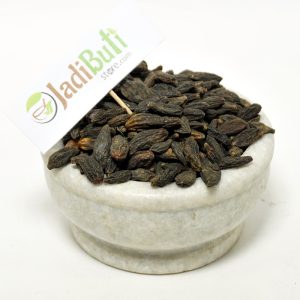
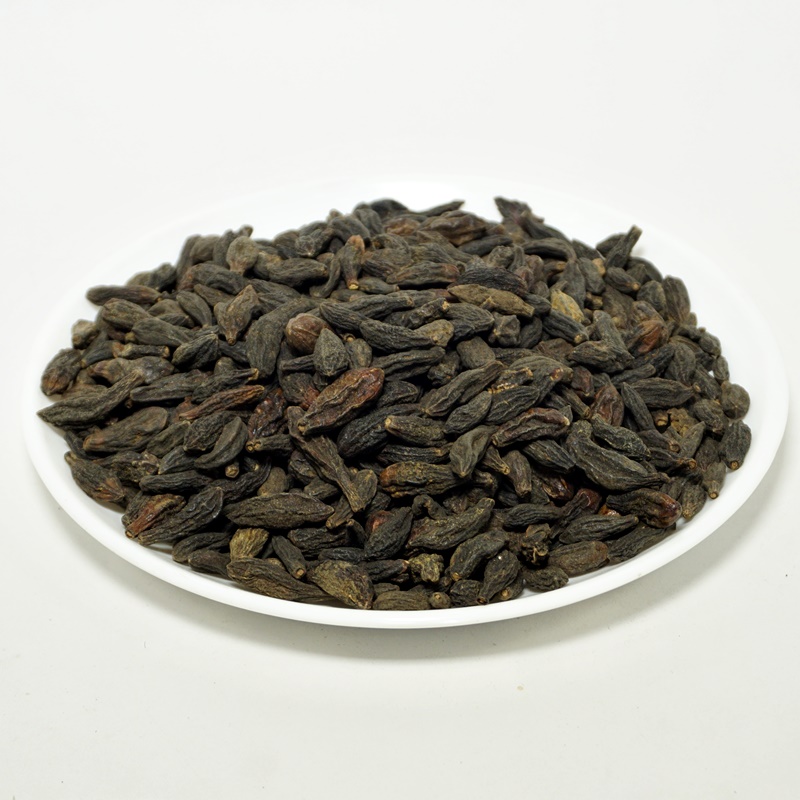
Harad choti (Kali) – Haritaki- हरड छोटी – Chebulic myrobalan
₹140.00 – ₹1,100.00Quick ViewAyurvedic classification of Haritaki (Terminalia chebula):
Ayurvedic Classification Description Rasa (taste) Astringent, sweet, sour, bitter, pungent Guna (qualities) Light, dry, sharp, rough Virya (potency) Heating Vipaka (post-digestive effect) Sweet Dosha effect Balances all three doshas (Vata, Pitta, and Kapha) Karma (actions) Digestive, carminative, laxative, rejuvenative, anti-inflammatory, anti-aging, and expectorant Dhatu (tissue) affinity Works primarily on the digestive, respiratory, and reproductive tissues Srotas (channel) affinity Works primarily on the digestive, respiratory, and reproductive channels Prabhava (special effect) Considered a “Tridoshic Rasayana,” which means it can help to balance all three doshas and promote longevity Active compounds and their benefits found in Haritaki (Terminalia chebula):
Active Compound Benefits Tannins Antioxidant, anti-inflammatory, and anti-cancer properties Chebulic acid Antioxidant and anti-inflammatory properties Gallic acid Antioxidant, anti-inflammatory, and anti-cancer properties Ellagic acid Antioxidant and anti-cancer properties Terchebin Antioxidant and anti-inflammatory properties Arjungenin Anti-inflammatory and anti-cancer properties Harmane Antimicrobial, anti-inflammatory, and neuroprotective properties Luteolin Anti-inflammatory and antioxidant properties -
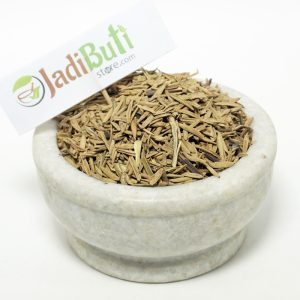
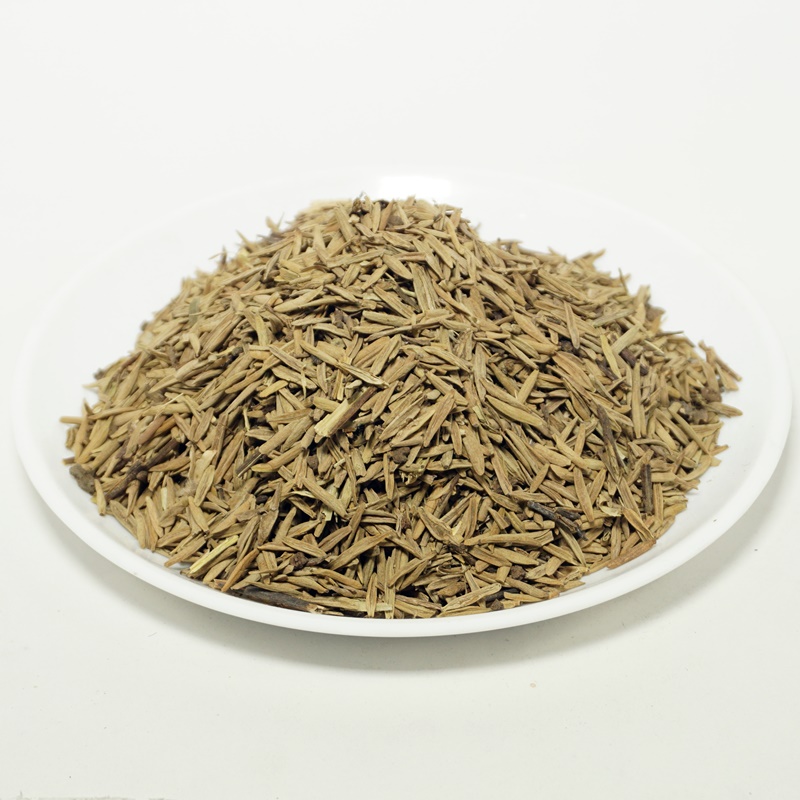
Indrajau Kadva – इन्द्रजु कड़वा – bitter oleander – Holarrhena Pubescens
₹170.00 – ₹1,325.00Quick ViewIndrajau Kadva – इन्द्रजु कड़वा – bitter oleander – Holarrhena Pubescens.
IndarJau Kadva In Different Language
Indarjau In English name – bitter oleander
Indarjau In Hindi name – Indrajau Kadwa
Indarjau In Latin name – Holarrhena Pubescens
-
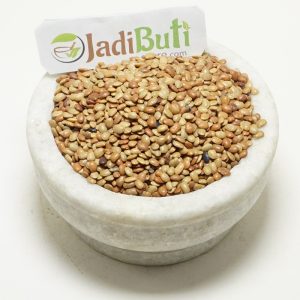

Kulthi Dal (Organic) – कुल्थी दाल – Horse Gram – Dolichos biflorus
₹285.00 – ₹620.00Quick ViewKulthi dal, also known as horse gram, is a type of legume that is commonly used in Indian cuisine. It has been used in Ayurvedic medicine for its various health benefits. Here are some Ayurvedic properties and benefits of kulthi dal:
Ayurvedic Properties:
- Rasa (Taste): Pungent, Astringent
- Virya (Energy): Heating
- Vipaka: Pungent
- Guna (Quality): Light, Dry
Ayurvedic Benefits:
- Weight Loss: Kulthi dal is low in calories and high in protein, making it an ideal food for weight loss.
- Digestive Health: Kulthi dal is considered a digestive stimulant and may help alleviate digestive issues like constipation and diarrhea.
- Kidney Health: Kulthi dal is considered a diuretic and may help improve kidney function and prevent kidney stones.
- Diabetes Management: Kulthi dal may help regulate blood sugar levels and can be beneficial for people with diabetes.
- Respiratory Health: Kulthi dal is used in Ayurveda to treat respiratory conditions like asthma, bronchitis, and coughs.
- Skin Health: Kulthi dal is used in Ayurveda to treat skin conditions like acne and eczema.
Note: The information provided is for educational purposes only and is not intended to diagnose, treat, cure, or prevent any disease. Please consult with a qualified healthcare practitioner before using herbal products, especially if you are pregnant, nursing, or taking any medications.
-
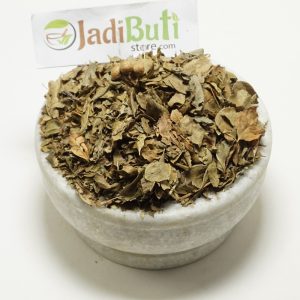
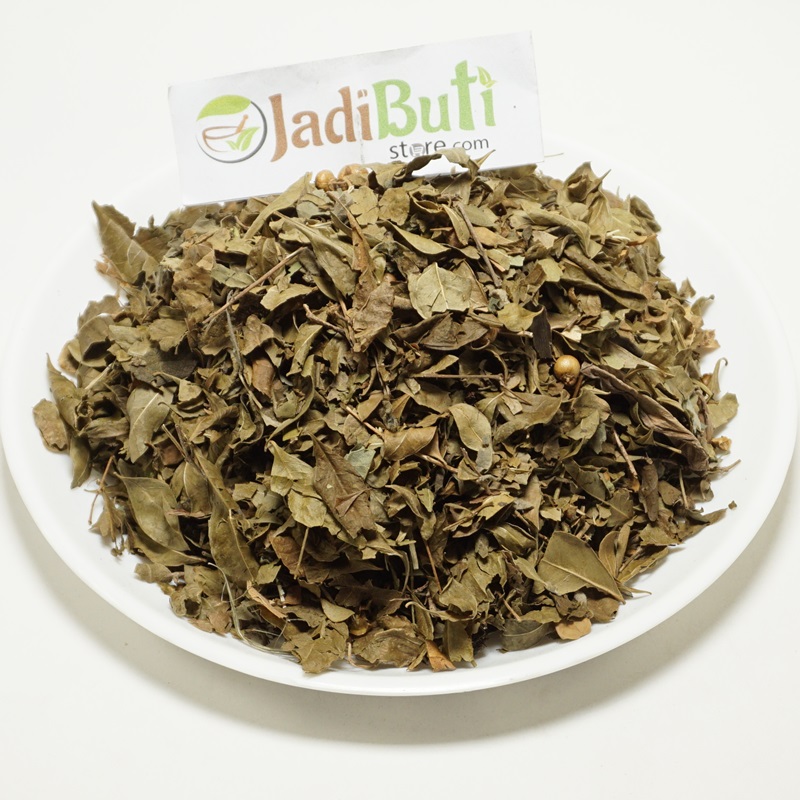
Mehndi Patta – मेहँदी पत्ता – Lawsonia inermis
₹90.00 – ₹720.00Quick ViewMehandi, Henna | Botanical name: Lawsonia inermis | Family: Lythraceae
Parts used: Leaves, bark, and roots | This product is Organic Henna Leaves Dried
Native region and distribution: Mehandi is native to North Africa, the Middle East, and South Asia. It is now widely cultivated in tropical and subtropical regions around the world.
Ayurvedic Classification Properties Guna (qualities) Cooling, astringent, bitter Rasa (taste) Bitter Vipak (post-digestive effect) Pungent Dosha effect Pacifies pitta and kapha doshas, but can aggravate vata when used in excess Dhatu (tissue) effect Acts mainly on the rakta dhatu (blood tissue) and also on the mamsa dhatu (muscle tissue) Srotas (channel) effect Acts mainly on the raktavaha srotas (blood channels) and also on the annavaha srotas (digestive channels) Health benefits:
- Cooling and astringent properties make it useful for treating conditions related to excess heat, such as fever, inflammation, and hot flashes.
- Bitter taste and digestive properties make it useful for improving digestion and eliminating toxins from the body.
- Can be used topically to promote healthy skin and hair.
- Has been traditionally used for its natural dyeing properties.
-

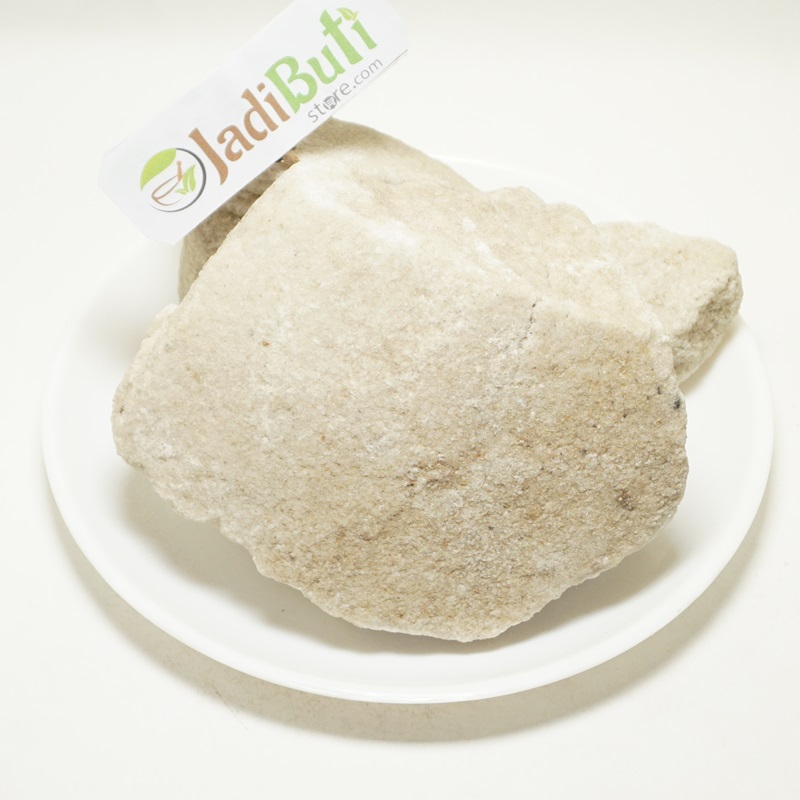
Sajjikhar – सज्जीखार – Haloxylon – Salsola stocksii
₹90.00 – ₹690.00Quick ViewAyurvedic Properties:
- Rasa (Taste): Sour
- Virya (Energy): Cooling
- Vipaka: Sour
- Guna (Quality): Light, Dry
Benefits of Sajjikhar: Digestive Health, Diuretic, Respiratory Health, Skin Health, Weight Loss, Pain Relief, Anti-inflammatory, Anti-allergic, and Anti-fungal.
-
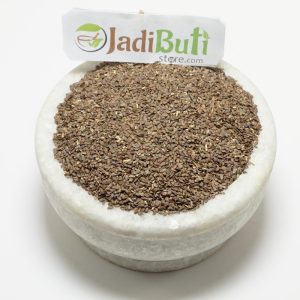
 SOLD OUT
SOLD OUTTalmakhana – तालमखाना – Hygrophilia – Astercantha Longifolia
₹160.00 – ₹1,225.00Quick ViewTalmakhana – तालमखाना – Hygrophilia – Astercantha Longifolia.
Name in different languages:
Talmakhana in English Name : Hygrophilia
Talmakhana in Hindi Name : Talmakhana, Gokulakanta
Talmakhana in Latin name : Hygrophila spinosa T. Anders
Talmakhana in Urdu Name : Talmakhana
Talmakhana in Bengali Name : Kuliyakhara, Kulekhad, Shrigali
Talmakhana in German Name : Langblattriger Sterndorn
Talmakhana in Gujarati Name : Ekharo
Talmakhana in Kannada Name : Kolavali, Kolarind, Kolavankal
Talmakhana in Kashmiri Name : Talmakhana, Talimakhana
Talmakhana in Marathi Name : Talikhana, Kolsunda
Talmakhana in Punjabi Name : Talmakhana, Talimakhana
Talmakhana in Sanskrit Name : Kokilaksha, Ikshura
